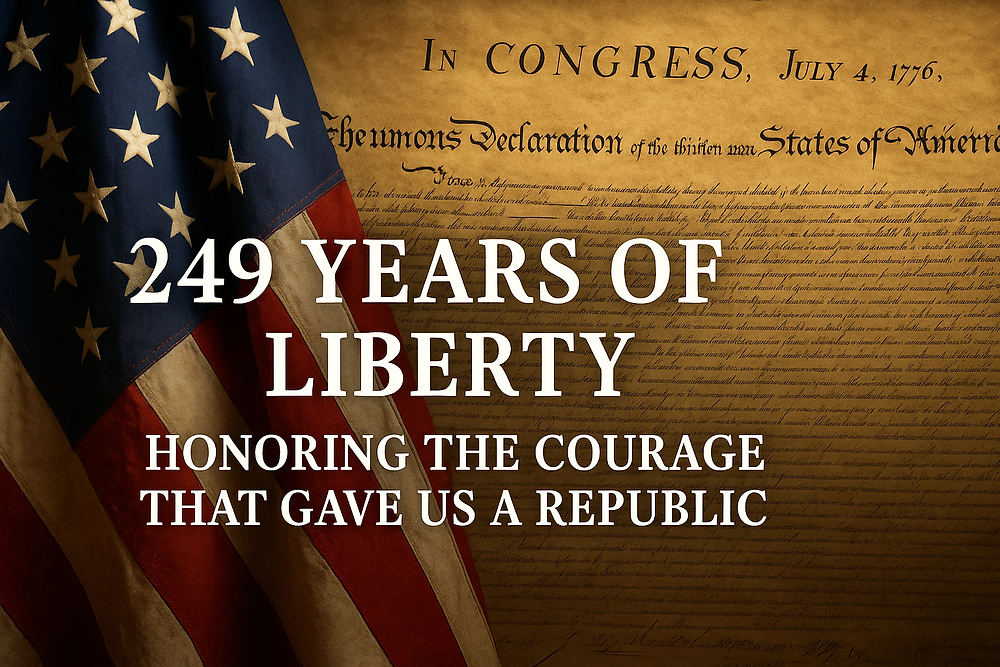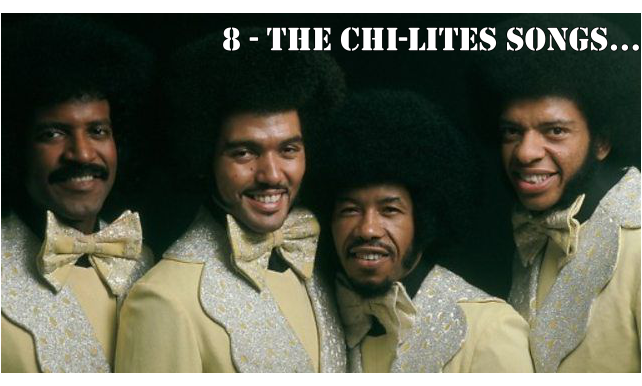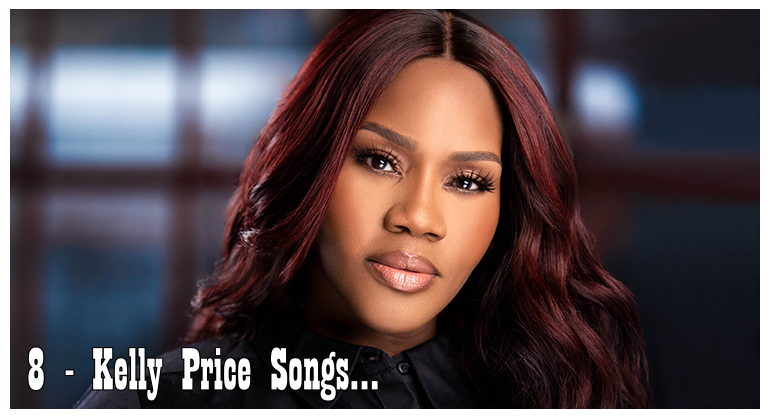(ThyBlackMan.com) I grew up with the X-Men cartoon on Fox Kids and whatever comics I could talk my mom into buying at the grocery store. In the 90s, comic books and magazines could easily be found in the magazine and book section in stores. There you’d find a few kids who had taken the plastic off a comic and decided to read them in the store.
The popular ones were X-Men and Spider-Man—after all, those two had the most popular comic cartoons on the air at the time. Those mutants always interested me, Wolverine is in my top five favorite comic book characters, the X-Men rocked. However, at 8 or 9 I was a fan who was dropping in on a series with 30 years of story history at this time.
Re-Exploring The X-Men
There was a period when I didn’t read comics at all. Once anime popped big in the West, I was already there. American comics had become less interesting fast. By the end of the 90s, I couldn’t tell you what was going on post-Age of Apocalypse and the Marvel 2099 line. It was all wrestling, gaming, and manga.
I’ve mentioned it before but I got back into comics in the late 2000s. Blerd/Black nerd Twitter helped a lot in getting back into comics but it was mostly what was going on at the moment. As you guys know, I love old stuff and anything retro. I had to go back to roots of whatever I was taking in. Luckily the library carried tons of the Marvel Essentials collections. I checked them out and read volumes of 1960s Uncanny X-Men, Amazing Spider-Man, and Avengers alongside the Ultimates line.
There’s one glaring thing you notice about the X-Men over other heroes…
Early X-Men Was Its Own Universe
So, there you are reading the Uncanny X-Men—and boy, they were uncanny—from the start. You’re also reading other comics from the period and you notice something. Besides Spider-Man, most of Marvel’s heroes aren’t being hassled for having powers.
Actually, they’re being applauded and celebrated for saving people—despite the damage caused—and Spider-Man is really only being harassed by Ol’ Flat Top. A lot of people in New York City rocked with Spider-Man. He’s the People’s Champion of NYC.
The X-Men are also NYC-based but the press hit them so hard that now they’re considered a threat. Wait, OK now the government is concerned about them and Xavier training them. Hold up, this just in, there are now large robots meant to hunt down the X-Men.
Mind you, the Sentinels hunted down any mutant but since the X-Men and Magneto’s Brotherhood were the two most public mutant groups and Magneto was wrecking stuff, now all mutants have to die.
It didn’t make sense to me at all and there I was reading it as an adult. As a kid, cool-looking characters and covers were enough. I wasn’t exactly absorbing stories until middle school. Something was odd about this whole arrangement until it clicks. The X-Men were meant to exist in their own separate universe from the rest of Marvel.
That had to be it. This is the only way it makes sense with the rest of Marvel’s starting line up on shelves. Then the crossovers started.
A Proxy For Race Relations
The franchise launched in 1963 during the Civil Rights Movement. Stan Lee and Jack Kirby—two Jewish guys from New York, one of which (Kirby) hated and killed Nazis during WWII—observed these developments and came up with the X-Men with the movement in mind.
Did Lee bite off of Doom Patrol, a similar comic from competitor DC Comics? Possibly. It was never confirmed or proven but two comics being dropped in the same year with similar approaches? That’s quite the coincidence.
The Comics Code of the 1950s had a guideline about how police, politicians, and judges weren’t meant to be depicted as incompetent, corrupt, or evil. One of the driving forces behind oppression is often the government itself. The government can pass harmful, discriminatory laws and bills, the judges can uphold them, and the police enforces them. This was the case throughout the country in the 50s and 60s—actually before that.
Since Marvel abided by the Authority, this had to be depicted in a different way. We get Bolivar Trask and his Sentinels who want to erase mutants. Why? Because one group of mutants are terrorizing humanity because they’re tired of discrimination. Never mind this other group of mutants who are trying to deal with the other group. They’re all bad.
Actually depicting the government as a force of oppression would come in the 1980s with the introduction of Senator Robert Kelly in the summer of 1980 and later with the Mutant Control Act in early 1981. With the mutants being a part of the shared universe, other characters who weren’t mutants were targeted as well. The 1970s and 1980s were a great period for the development of comic book writing.
Stories were deeper and layered as were the characters. X-Men managed to mix in race relations along with exciting action and adventure and soap opera-grade drama. The early stuff holds up to a degree, some of it can be dated but the late 70s and 80s stories—yes, the Chris Claremont-led writing—holds up.
Staff Writer; M. Swift
This talented writer is also a podcast host, and comic book fan who loves all things old school. One may also find him on Twitter at; metalswift.

















Leave a Reply